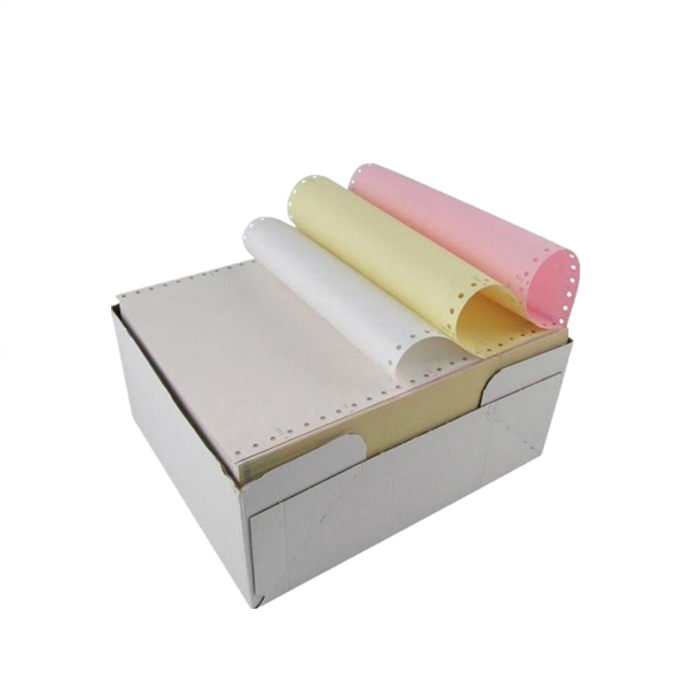Ink manufacturers expect that the tight supply chain will continue until 2022. Although some of these restrictions have been eased and the economic recovery is moving forward, there is still global uncertainty in the recovery of coronavirus, unstable consumer purchase behavior and potential trade barriers.
After a communication in early 2021, the European printing ink Association (EuPIA) pointed out again that a series of factors mainly caused by the covid-19 crisis are seriously affecting the whole raw material supply chain. While EuPIA members continued their efforts to minimize the risk to customers, they stressed the economic pressure affecting the printing ink market.
Global supply chain
Most economists and supply chain experts say that the global economy is experiencing unprecedented supply chain fluctuations. Demand for products continues to exceed supply, so the global supply of raw materials and freight has been seriously affected.
This situation was driven by the epidemic, which led to the closure of manufacturing in many countries. First, outside the peak season, home consumers buy more goods than usual. Second, the economic recovery in all parts of the world has led to a surge in demand. Coupled with the paralysis of the supply chain, the decline in production caused by China’s energy emission reduction plan and the shortage of key raw materials.
For printing ink and coating manufacturers, the shortage of transportation and raw materials poses many challenges. In this “storm”, there are many factors related to raw materials and freight.
raw material
The imbalance between supply and demand of many key raw materials used in the production of printing ink, vegetable oil and its derivatives, petrochemical products, pigments and titanium dioxide is causing significant interference to the member companies of EuPIA.
All these categories of materials have seen an increase in demand to varying degrees, while supply continues to be limited. In addition, the fluctuation of demand increases the complexity of supplier forecasting and planning delivery capacity.
Looking at the raw material market, we can find unique driving factors:
Pigment prices, including TiO2, have soared recently due to increased demand and factory closures caused by China’s energy-saving plan. Titanium dioxide has witnessed the growth of production demand for building coatings and wind turbines.
The supply of organic vegetable oil in the United States and Latin America has been affected by adverse weather conditions, while China’s import and consumption of such raw materials have increased.
Since the beginning of 2020, the cost of petrochemical products (UV, polyurethane, acrylic resin and solvent) has been rising, and the demand for some materials has increased beyond the normal level.
The market experienced a series of force majeure events, which further restricted supply and exacerbated the already unstable situation. With the continuous increase of cost and the continuous tension of supply, ink and coating manufacturers are increasingly affected by fierce competition for materials and resources.
Packaging, freight and transportation
Packaging materials: the industry continues to face the shortage of barrel steel and HDPE raw materials for barrels and cans. The increasing demand for online commerce has led to tight supply of corrugated boxes and plug-ins. Material distribution, production delay, shortage of raw materials and labor will all lead to the increase of packaging. Abnormal demand continues to exceed supply.
Air and sea transport capacity constraints: the epidemic has always been a catalyst for abnormal consumer purchase activities (during and after shutdown), resulting in abnormal demand in many industries and straining air and sea transport capacity. Aviation fuel costs increase with the increase of shipping container costs (in some routes from the Asia Pacific region to Europe and / or the United States, container costs have increased 8-10 times higher than normal). There are unusual shipping schedules, freight carriers are trapped or face the challenge of finding unloading container ports. Finally, increased demand and insufficient logistics preparation lead to a serious shortage of freight capacity.
Port congestion: due to the coronavirus pandemic, global ports still take strict health and safety measures, which affects the port capacity and throughput. Most shipping liners miss the scheduled arrival time, and ships that do not arrive on time will encounter delays while waiting for new slots to open. This has led to rising transportation costs since the autumn of 2020.
Shortage of truck drivers: another factor is that there is a serious shortage of truck drivers in many regions, which may be the most serious in Europe. But this shortage is nothing new and has attracted much attention for at least 15 years. It was only raised because of the global pandemic.
The epidemic has disrupted international trade, pushed up the cost of goods transportation, and brought new challenges to the global economic recovery.
Printing remains an important medium for sharing news around the world, producing the necessary documents and logos, and producing packaging that protects, preserves and assists in the transportation of food and other necessities to societies around the world. The value of printing inks and coatings is undeniable. In the future, it is hoped that the industry can work together to ensure the continuity of supply, move forward and overcome these continuous headwinds.
Post time: Dec-22-2021

